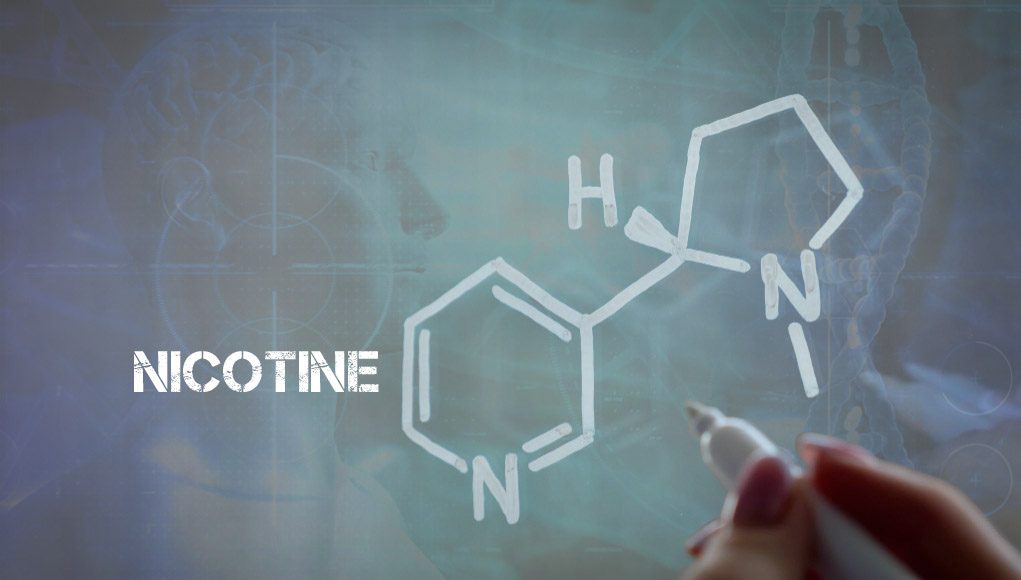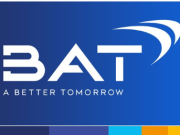British American Tobacco (BAT) is set to introduce a new version of its Velo nicotine pouches in the U.S., using synthetic nicotine in its products for the first time. President of BAT’s U.S. subsidiary, Reynolds American, David Waterfield, said that the launch of this new version of Velo Plus is set for 2025 and will offer multiple nicotine strengths. This marks one of the first clear examples of a major tobacco company using lab-made synthetic nicotine.
Scientifically, synthetic nicotine and tobacco-derived nicotine are chemically identical and functionally the same in the human body. However, they differ in origin, production processes, and purity. Tobacco-derived nicotine is extracted from the tobacco plant, often from the Nicotiana tabacum species, which requires cultivation, harvesting, and processing. While synthetic nicotine is produced artificially in a lab, using chemical synthesis. This does not involve any tobacco plant derivatives, making it “tobacco-free” in origin.
Why synthetic nicotine?
Tobacco-derived nicotine may contain trace impurities from the plant, even after extensive purification. These impurities, although usually minor, can include compounds like nitrosamines, which have been associated with health risks. On the otherhand, synthetic nicotine can be produced with a high degree of purity, free from plant-based contaminants. This process allows manufacturers to avoid tobacco-specific impurities, making synthetic nicotine theoretically “cleaner.”
On a molecular level, both types of nicotine are identical, with the same structure and biological activity. This means they interact with nicotine receptors in the brain in the same way and have comparable effects on addiction, metabolism, and withdrawal symptoms.
Synthetic nicotine has become more popular in the U.S. in recent years, as it initially allowed manufacturers to bypass the FDA’s lengthy approval process, which was required for natural nicotine products. However, regulations changed in April 2022, bringing synthetic nicotine under FDA oversight. BAT had acquired Velo Plus from Dryft Sciences, who had in turn submitted an FDA application before a May 2022 deadline, allowing the product to remain on the market while its application is pending.
Meanwhile, BAT is optimistic about the future of synthetic nicotine and broader alternatives to traditional tobacco. The company expects U.S. vape revenues to grow from £9 billion ($11.7 billion) today to £14 billion by 2030, with nicotine pouch revenues rising from £1.7 billion to £7 billion in the same period. Despite recent declines in combustible tobacco sales, BAT expects a steady revenue growth of 1% for the rest of the decade.
Regulatory approaches to synthetic nicotine
A recent study examined global regulatory approaches to nicotine pouches, summarizing policies from 67 countries across all WHO regions, and revealed substantial variation in classification and regulation of nicotine pouches. Published in Tobacco Control the current study conducted policy surveillance by consulting experts in government and civil society from each country to assess availability and regulatory policies for nicotine pouches. These data provided a comprehensive overview of nicotine pouch regulations, while highlighting diverse approaches, from no regulation to outright bans.
The research team specifically looked at how countries address synthetic versus tobacco-derived nicotine, and found that of the 67 countries studied, 34 regulate nicotine pouches, with 23 extending regulation to synthetic nicotine. Many countries apply existing tobacco or medicinal policies to nicotine pouches, while others have created new policies focused on nicotine itself rather than its tobacco origin. In some European Union countries, such as Germany and France, nicotine products are regulated based on their origin. However, several countries still lack clear policies on synthetic nicotine, creating a regulatory gap.
To this effect, concluded the study, countries interested in effective regulation should implement policies covering both synthetic and tobacco-derived nicotine pouches. In some countries, regulatory gaps allow manufacturers to bypass restrictions on nicotine products by using synthetic nicotine instead of tobacco-derived nicotine. This regulatory loophole exists in places where laws specify “tobacco-derived” nicotine, overlooking synthetic nicotine as an unregulated substance.












